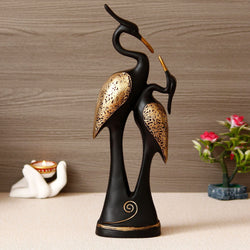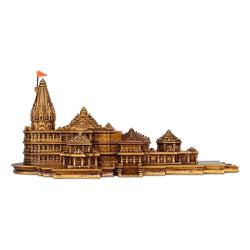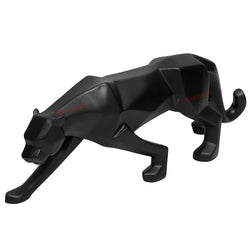The Chanderi dupatta is a handwoven textile that originates from the town of Chanderi in Madhya Pradesh, India. Renowned for its lightness, sheer texture, and luxurious feel, it is one of the most celebrated handlooms in Indian textile history. Today, it is a marker of tradition and also a great way to accessorize with eco-conscious and slow fashion.
Historical and Cultural Significance
-
Origins: The origins of Chanderi weaving date back to the 11th century, nurtured by the royal patronage of the Scindia and Holkar dynasties. Strategically located on trade routes connecting Gujarat, Mewar (Rajasthan), and the Deccan region, Chanderi emerged as a significant commercial hub, laying the foundation for its renowned textile traditions.
-
Mythological Ties: Legends suggest that the weaving craft was introduced by Shishupal, the cousin of Lord Krishna.
1.1 Lord Krishna and Shishupal and an artisan working on the chanderi.
-
Mughal Patronage: During the Mughal period, Chanderi gained national prominence, often being used for royal turbans, dupattas, and sarees.
Material & Weaving Process
-
Fabrics Used: Chanderi dupattas are traditionally woven in silk, cotton, or silk-cotton blends.
-
Zari Work: Real gold and silver threads (zari) were historically used; now, metallic yarns are more common.
2.1 Zari Work
-
Butti Motifs: Signature motifs include asharfi (coin), chidiya (sparrow), kairi (mango), phool (flower)—each hand woven using a needle technique.
2.2 Butti Motif
-
Weaving Technique: Utilizes the tana-bana (warp-weft) technique on pit looms or frame looms. The transparency and finesse are achieved through a meticulous interlacing process.
2.3 Tana-Bana technique (warp-weft)
Characteristics
-
Lightweight & Airy: Known for its sheerness and transparency.
3.1 Taragram Chanderi Hand Block Printed Dupatta -
Glossy Finish: The silk content lends a subtle shimmer.
3.2 Chanderi Embroidery Dupatta
-
Delicate Yet Durable: When cared for properly, Chanderi fabric lasts for decades.
-
Design Harmony: Combines minimalist elegance with intricate traditional motifs.
Sustainability & Handloom Impact
-
Eco-Friendly Production: Chanderi weaving is a low-carbon process, relying on manual looms and natural dyes (in some cases).
-
Slow Fashion Ethos: Promotes conscious consumption and preservation of craft.
-
Rural Livelihoods: Supports thousands of weavers, especially women, in Chanderi and surrounding regions.
-
GI Tag: Received a Geographical Indication (GI) tag in 2005, offering authenticity and protection to weavers.
Shop Products:Taragram
Market Trends & Modern Adaptation
-
Designer Collaborations: Prominent Indian designers like Sabyasachi and Anita Dongre frequently incorporate Chanderi into collections.
5.1 Sabyasachi Chanderi
-
Fusion Styles: Contemporary fashion blends Chanderi with western silhouettes and accessories.
-
Export Market: Popular in global markets for its artisanal value and lightweight comfort, especially in summer collections.
-
E-commerce Surge: Rising presence on sustainable fashion platforms, boutiques, and artisanal marketplaces.
Shop Now
Challenges
-
Machine Imitations: Cheaper powerloom imitations are undercutting original handwoven Chanderi.
-
Youth Disengagement: Younger generations of weavers often move to cities due to lack of incentives or training.
-
Need for Design Innovation: Without modernisation, many artisans face declining demand.
Opportunities for Revitalisation
-
Skill Training: NGOs, government schemes like Skill India, and independent brands are providing loom training and design workshops.
-
Eco-certifications: Promoting Chanderi as an organic and eco-certified textile can open up new markets.
-
Storytelling & Branding: Brands like taragram are highlighting the heritage, maker story, and material sustainability behind each dupatta.
Conclusion
The Chanderi dupatta can be considered as a living tradition, a work of art, and a sustainable alternative to mass-produced fast fashion. With growing global interest in ethical and artisanal fashion, Chanderi has the potential to become both a heritage luxury item and a staple of everyday elegance.
Sustainably yours, since 1985.





